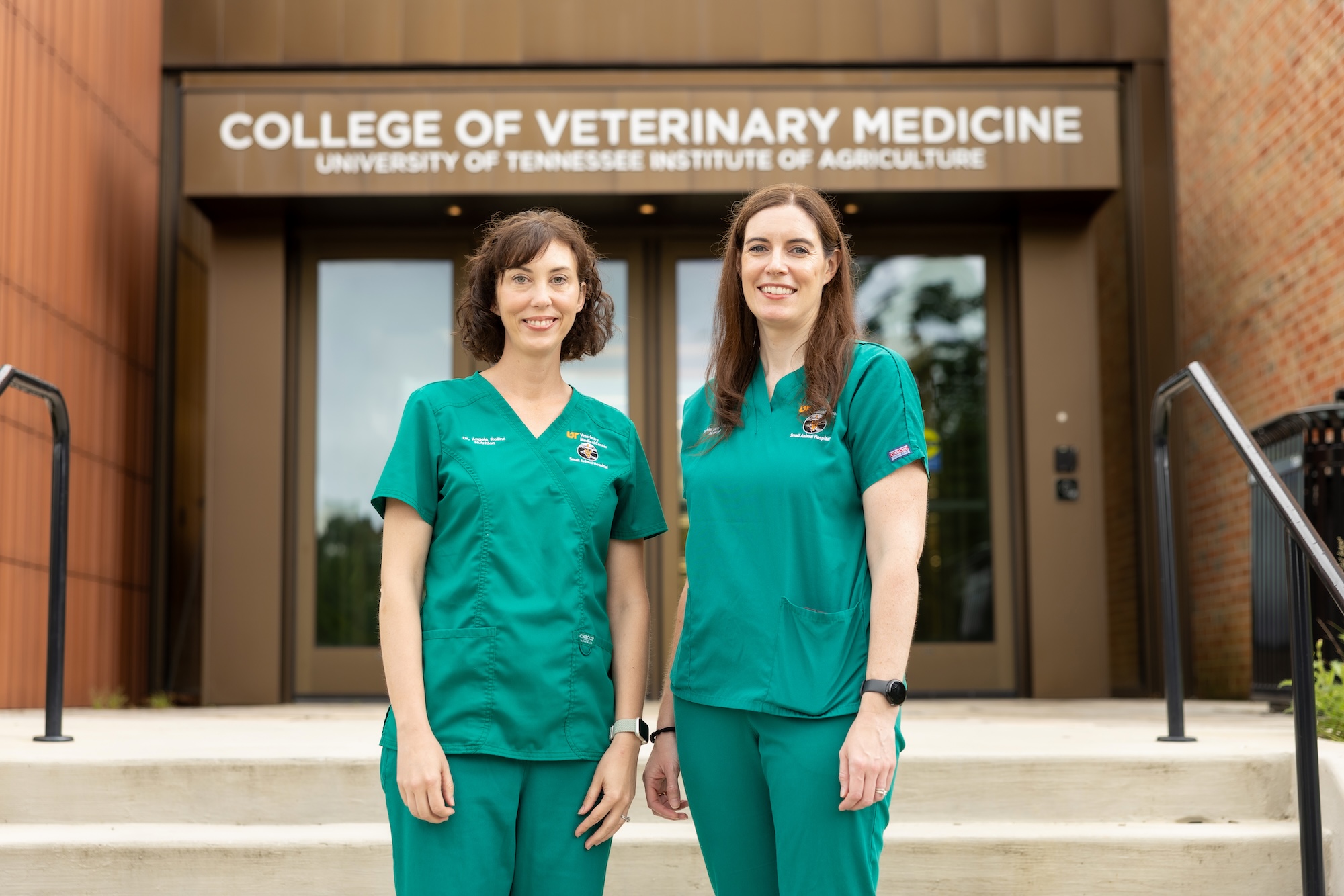Dog allergies might not be as dramatic as peanuts at a kindergarten party, but they’re still serious. About 10% of all dog allergies are food-related, and symptoms can range from itchy paws and skin irritation to digestive or respiratory issues. Identifying the trigger can take time, but once you do, removing it brings real relief.
In case you missed this day in dog school, a food allergy occurs when a dog’s immune system has an abnormal reaction to an ingredient. Clinical signs of a food allergy include vomiting, diarrhea, fur loss, itching, ear infections, and weight loss. A food allergy can occur anytime between 5 months and 12 years of age and should not be confused with a food intolerance, which takes place when a toxin or additive has a direct and negative effect on the digestive tract — think lactose intolerance. Unlike a food intolerance, allergies are considered immune disorders.
The list of common food allergens is long and includes several key protein players, including beef eggs, poultry, dairy, lamb, pork, wheat, and soy. An elimination diet is the first step in identifying the particular allergen that’s ailing your dog. To start, feed a combination of a new basic protein and basic carbohydrate for up to three months to allow any former allergens to leave your dog’s system. If clinical signs subside during this trial period, you have successfully confirmed that your pup was suffering from a food allergy. At this stage, you can slowly reintroduce old ingredients one at a time. If clinical signs return after a feeding new ingredient, it’s safe to assume that you’ve identified the specific cause of your dog’s reactions.
If you suspect your dog might be suffering from food allergies, schedule an appointment with your vet to construct a balanced elimination diet together. The process may be arduous, but everyone wins in the end. Less energy exerted licking paws = more dog power for licking your face.
Image: @irresistablecharlie




